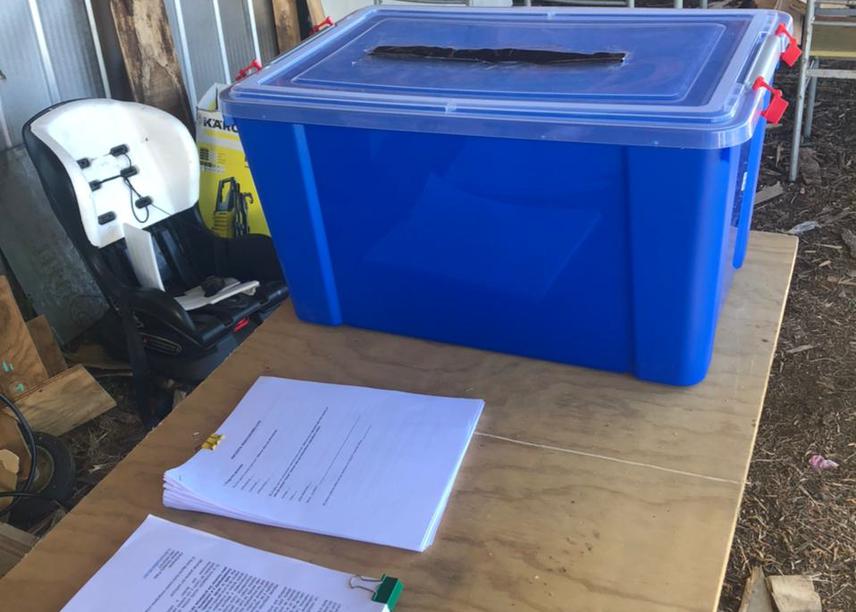Rodrigo Oyanedel
Recent legislation in Chile allows for the creation of Marine and Coastal Areas for Indigenous people (MCAIP). These areas present a novel and unique opportunity for coastal biodiversity conservation, cultural heritage preservation and social capital building in indigenous communities. However, in order for MCAIP ecological, social, cultural, and economic benefits to be realized, it is necessary to assess and manage compliance with rules from the establishment of this new management system. Ultimately, properly managing compliance with conservation rules will allow for long-term solid conservation.
The aims of this project are:
a) Assess motivations for compliance as well as actual compliance behaviours using novel approaches
b) Facilitate the development of the management system, prevent erosion of institutions and increase trust and legitimacy in the local governing body
c) Finally, to inform local and regional level policies to better conserve resources that are managed and protected under this legislative system.

BBM application box in Caulín on March 18, 2021
Recent legislation in Chile allows for the creation of Marine and Coastal Areas for Indigenous people (MCAIP). These areas present a novel and unique opportunity for coastal biodiversity conservation, cultural heritage preservation and social capital building in indigenous communities. The rapid expansion of these areas through the southern coast of Chile requires proper implementation of this legislative tool, as to make sure its ecological, social, cultural, and economic benefits are realized.
Areas where MCAIP are implemented (and projected) are of great biodiversity importance. First, the southern part of Chile, where most of these MCAIP are being developed is a recognized biodiversity hotspot. But, unfortunately, this region is particularly threatened by local anthropogenic impacts coming from intensive salmon aquaculture, as well as being particularly exposed to climate change. MCAIP can act as safeguards of biodiversity, preventing climate change impacts and allowing for indigenous communities to thrive from properly managing their resources. As of today, 89 MCAIP are currently under assessment, compromising more than 300,000 ha. A diverse set of actors interact in these areas, and a suite of conservation rules overlap, coming from top-down government institutions to bottom-up locally developed management plans for the MCAIP.
One important aspect in the implementation of any legislation (which is usually overlook) is the assessment and management of compliance. Non-compliance can have detrimental ecological and social impacts, jeopardizing management systems. The sustainable management and implementation of the MCAIP system needs to consider how diverse actors respond to regulations. Understanding actor’s motivation for compliance with rules that are created locally for the MCAIP as well as government-driven can help to prevent negative effects of regulations, inform better management and allow for better adaptation to climate change.
In this project I will perform a systematic assessment of MCAIP users’ compliance, which will inform local and regional level policies to better conserve resources that are managed and protected under this legislative system. As of today, there is no formal assessment of how users are responding to the rules and regulations where MCAIP are located. Since most regulations are quite new, efforts have been mostly focused on designing management plans and strategies. However, the time has come to better understanding how rules and regulations are being perceived, what motivate resource user to follow them or not and actual compliance behaviour assessments.